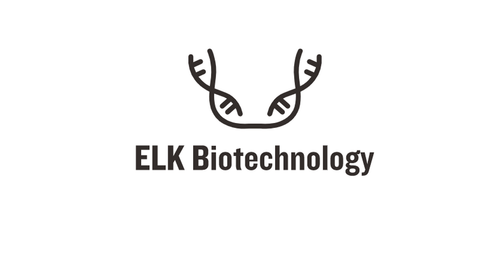Product Description
Human Tissue inhibitors of metalloproteinase 3 (TIMP3) ELISA Kit | AE14948HU | Abebio
Species Reactivity: Human (Homo sapiens)
Abbreviation: TIMP3
Alternative Name: HSMRK222; K222; K222TA2; SFD; MIG-5 protein|tissue inhibitor of metalloproteinase 3
Application: ELISA
Range: 0.156-10 ng/mL
Sensitivity: 0.055 ng/mL
Intra-Assay: ≤5.4%
Inter-Assay: ≤10.2%
Recovery: 1, 01
Sample Type: Serum, Plasma, Other biological fluids
Detection Method: Sandwich
Analysis Method : Quantitive
Test Principale: This assay employs a two-site sandwich ELISA to quantitate TIMP3 in samples. An antibody specific for TIMP3 has been pre-coated onto a microplate. Standards and samples are pipetted into the wells and anyTIMP3 present is bound by the immobilized antibody. After removing any unbound substances, a biotin-conjugated antibody specific for TIMP3 is added to the wells. After washing, Streptavidin conjugated Horseradish Peroxidase (HRP) is added to the wells. Following a wash to remove any unbound avidin-enzyme reagent, a substrate solution is added to the wells and color develops in proportion to the amount of TIMP3 bound in the initial step. The color development is stopped and the intensity of the color is measured.
Product Overview: TIMP3, The cDNAs contained a 591-bp open reading frame encoding 9 amino acid residues of the signal peptide and 188 residues of the mature TIMP3 polypeptide. Both the nucleotide sequence and the deduced translation product of the TIMP3 cDNA had a high degree of similarity to the TIMP1 and TIMP2 gene products, including 12 conserved cysteinyl residues at the same relative positions. The TIMP3 gene is expressed in many tissues, with highest expression in the placenta. Wilde et al. (1994) cloned and sequenced TIMP3 from phorbol ester-differentiated cells stimulated with bacterial lipopolysaccharide. The open reading frame encoded a 211-amino acid precursor, including a 23-residue secretion signal. The mature polypeptide had a calculated molecular weight of 21.6 kD.
Stability: The stability of ELISA kit is determined by the loss rate of activity. The loss rate of this kit is less than 5% within the expiration date under appropriate storage condition. The loss rate was determined by accelerated thermal degradation test. Keep the kit at 37°C for 4 and 7 days, and compare O.D.values of the kit kept at 37°C with that of at recommended temperature. (referring from China Biological Products Standard, which was calculated by the Arrhenius equation. For ELISA kit, 4 days storage at 37°C can be considered as 6 months at 2 - 8°C, which means 7 days at 37°C equaling 12 months at 2 - 8°C) .
 Euro
Euro
 USD
USD
 British Pound
British Pound
 NULL
NULL












